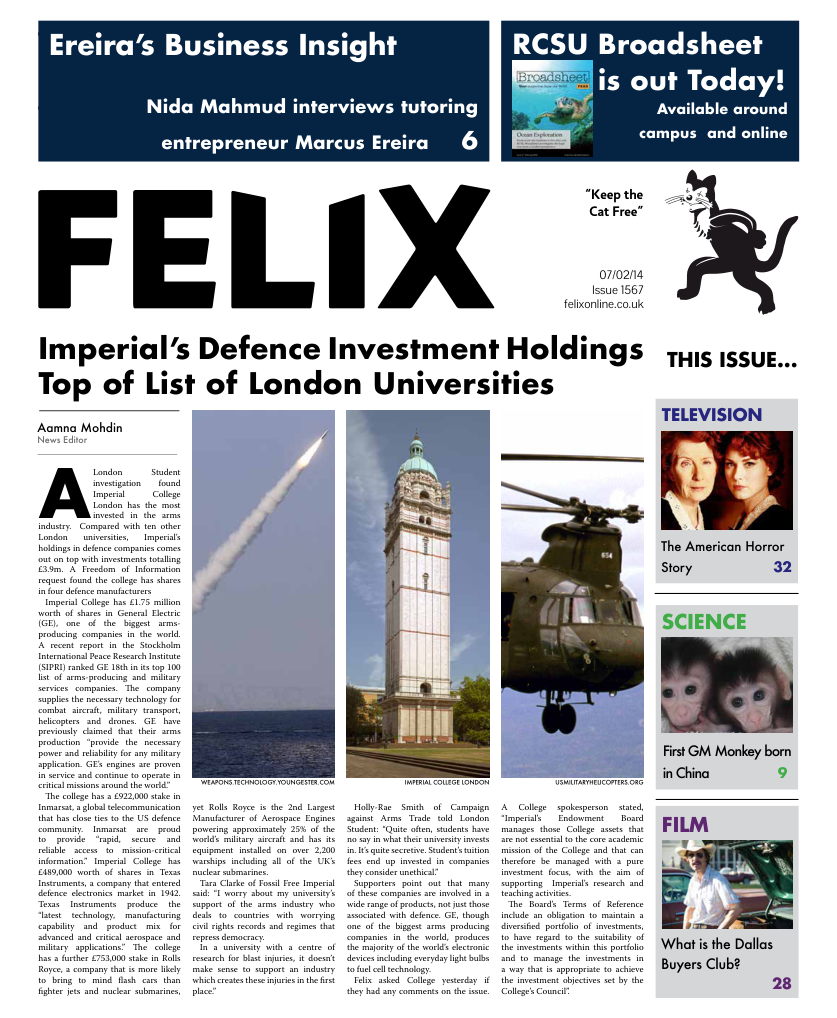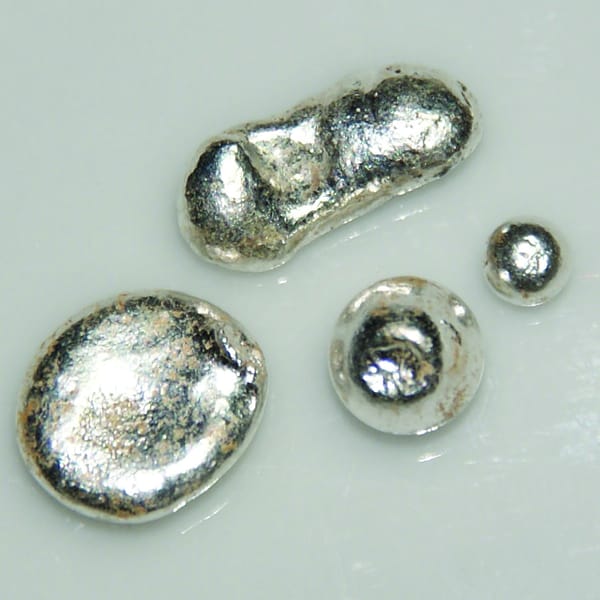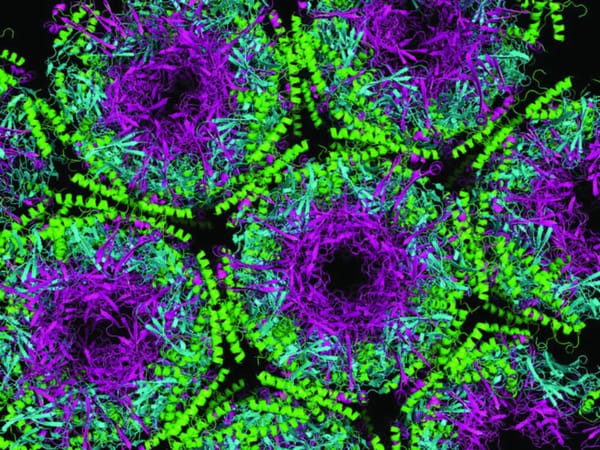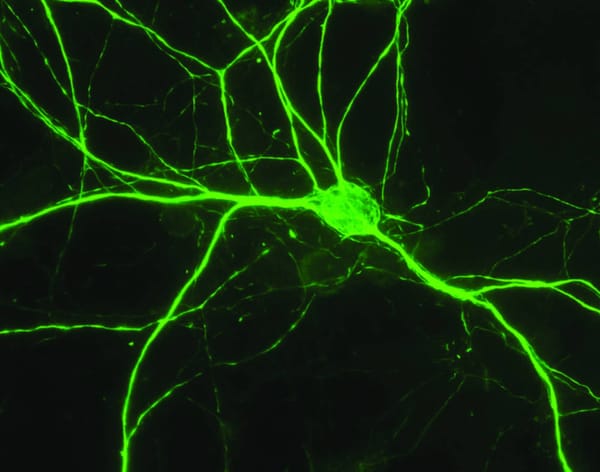New catalyst removes excess atmospheric carbon
University of Delaware finds a new non-porous silver catalyst
Researchers from the University of Delaware have developed a new catalyst that may reduce the surplus carbon dioxide in the atmosphere. The proposed nano-porous silver catalyst encourages the conversion of carbon dioxide into carbon monoxide. While initially this may not sound like a victory, it is simply the first step; the carbon monoxide produces can be fed as a reactant in the Fischer-Tropsch process, which is used to create synthetic fuels. Carbon dioxide is one of the most abundant greenhouse gases in the atmosphere, but the concentration of the gas is on the increase. An important area of research at the moment is capturing surplus carbon dioxide in the atmosphere and converting it into less harmful products. Doing this in an efficient way is still a major challenge for sustainable energy research. Commonly, a silver catalyst is the choice material when reacting carbon dioxide due to the high selectivity and relatively low cost. Additionally, the inorganic nature of silver means it remains stable under high reaction conditions. Previous research studied the effects of using low potentials on silver particles in ionic electrolytes. However, the cost of liquid electrolytes, as well as their sensitivity moisture means that there is room for improvement. The researchers found that with switching from a commonly used polycrystalline to their novel nano-porous silver electro catalyst structure efficiency achieved rose to 92%, an important success for the project. Feng Jiao, an assistant professor of chemical and biochemical engineering, led the project, which delivered promising results. Jiao’s team created the catalyst structure with an extremely large surface area (150 times greater than its polycrystalline counterpart) and the curved surface means there are a high number of active sites (at least 20 times more than polycrystalline). This resulted in a reaction activity three orders of magnitude higher, and with only a moderate potential of less than 500 mV. “[The] selective conversion of carbon dioxide to carbon monoxide is a promising route for clean energy but it is a technically difficult process to accomplish,” Jiao said. “We’re hopeful that the catalyst we have developed can pave the way toward future advances in this area.” DOI: 10.1038/ncomms4242








